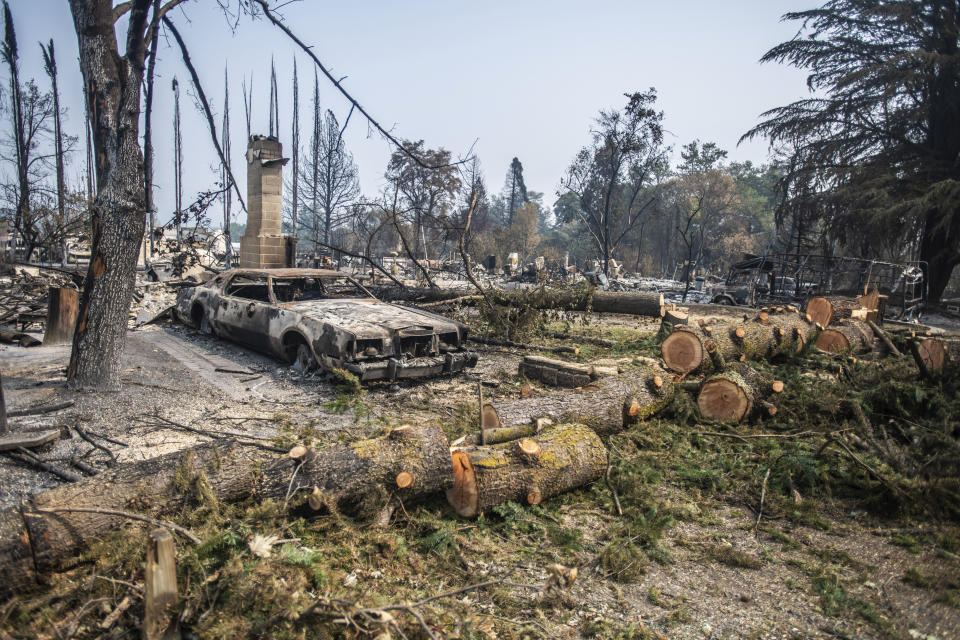Why Black communities need to be 'central' to response to wildfire disasters
In a year rocked by devastating loss stemming from the coronavirus pandemic, social unrest, and unprecedented wildfires, it’s the fires that are actually the natural phenomenon.
“Fire is inevitable and is a natural part of these forests,” forest ecologist Ryan Huago told Yahoo Finance. “We need to find ways to safely put fire back into our forests.”
The wildfires that have swept across the West have burnt down entire towns in California, Oregon, and Washington. More than 3.2 million acres have been destroyed in California alone this year. Tens of millions of Americans have been forced to evacuate their homes.
Huago, the director of conservation science for the Nature Conservancy in Oregon, has been studying the country’s western forest ecosystems for many years.
“We need to address how we prepare and invest in our communities so that a natural process like fire does not become a disaster for those who live in our communities,” he said.
More than 29 million Americans live on property that is at high risk for extreme wildfires, according to a 2018 report co-authored by Huago in partnership with the University of Washington.
The report, titled “The unequal vulnerability of communities of color to wildfire,” assessed wildfire vulnerability by identifying which Census tracts were disproportionately impacted by factors such as demographics, housing, transportation, language, education, and socioeconomic status.

While the majority of Americans residing in areas prone to wildfires are white and socioeconomically secure, more than 12 million of them are socially vulnerable minorities who stand to lose everything, according to the report.
“Communities that are mostly Black, Latinx, Native American experience 50% greater vulnerability to wildfire than other communities. Meaning that they will have much more difficulty both responding to and recovering from a disturbance like fire,” said Huago.
Local, state, and federal wildfire responses should keep that in mind, Huago said.
“[Minority communities] are particularly vulnerable. They need to be central to our society’s planning and response to the fire disasters. I think too often we look at only the fire side of the equation. We need to be looking at the community side of the equation just as much,” said Huago, who currently lives in Portland, Ore., where the air quality became hazardous as a result of wildfires sweeping across the state.
“It’s been a really tough several weeks here in Oregon. Currently the wildfire, there’s air outside my house that is rated as unhealthy,” he said. “We’ve been between unhealthy and hazardous for all of the last week and a half. My kids haven’t been outside for a week.”
Huago explained that the wildfires have been driven by drought, heat, and high winds. Containing them will require local, state, and national responses that address forest management and include actions to limit climate change.
More from Sibile:
How California wildfires are uniting frenemies Trump and Newsom
We’ll ‘have a way’ to ban fracking in Biden administration: Sierra Club
Job cuts come for white-collar workers: ‘There are no truly recession-proof’ occupations
Find live stock market quotes and the latest business and finance news
